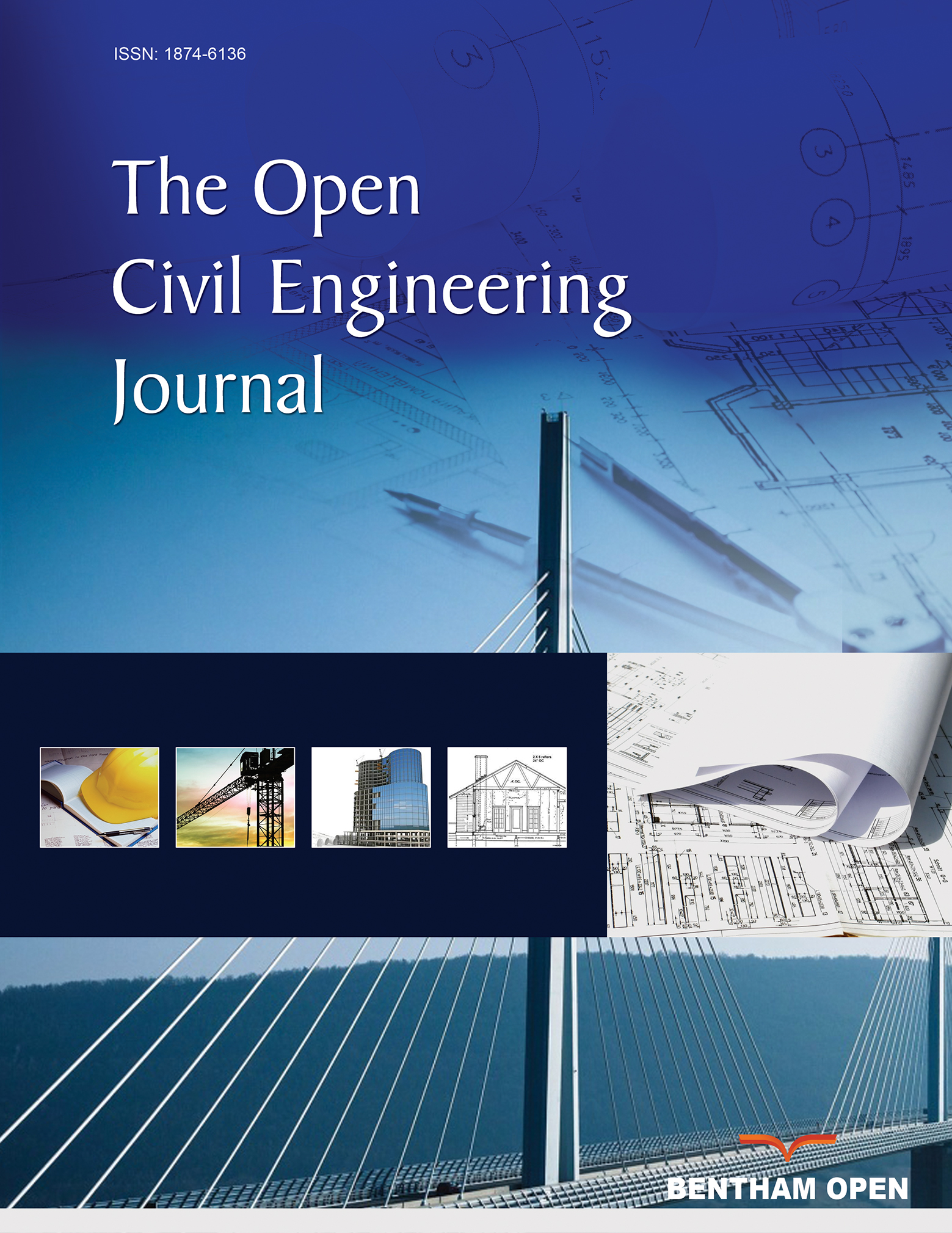Environmental Flow Assessment Using Low-flow Index Method in Upper Citarum River Basin, West Java, Indonesia
Abstract
Aims:
This research aimed to determine the amount of environmental flow (EF) required to sustain the river’s function in supporting ecological balance.
Backgrounds:
In Indonesia, the Citarum area usually experiences significant environmental challenges, including the overflow of the Citarum River and its watersheds, which causes flooding, and lack of water during the dry season. However, the major challenge is the availability of water in Citarum, attributed to the discharge affecting the ecological balance of the watersheds
Methods:
A review of EF was conducted by comparing 7Q10 and Q95 from both the Nanjung discharge observation data and the rainfall-runoff modeling.
Results:
The results found that the Weibull minima method, the 7Q10 result for Sacramento modeling, was 2.18 m3/s while the Nanjung AWLR was 1.24 m3/s. Additionally, the value of Q95 for Nanjung AWLR was 7.17 m3/s, while the result of modeling rainfall-runoff was 7.06 m3/s.
Conclusions:
It is necessary to ensure that the amount of discharge available can support the ecological conditions in the Upper Citarum River Basin area. This was relevant since the difference was certainly affecting the ecological balance and the management of the Citarum River.


